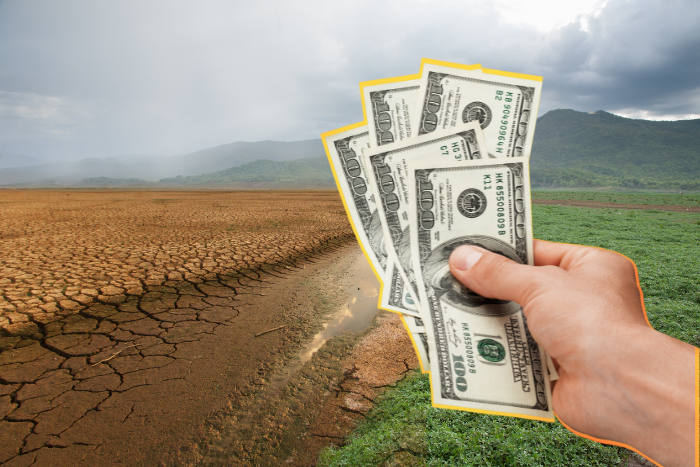As climate finance is set to take center stage at COP29, CarbonCopy brings you a roundup of latest developments in the field
- The EU decided last week to impose tariffs of up to 45% on imported Chinese vehicles. The tariff was approved despite opposition from countries such as Germany and Hungary, who have investment commitments with China. The decision is seen to be a retaliation against China’s state aid to its auto carmakers by way of subsidies. France, Italy and Poland voted in support of the tariffs.
- After much delay, the Loss and Damage Fund is finally ready to disburse its first tranche of climate finance by 2025. The fund aims to support climate-vulnerable countries. COP29 President-Designate Mukhtar Babayev hailed this progress as a historic breakthrough, calling it a critical step in enabling tangible climate action for countries most impacted by climate change.
Ibrahima Cheikh Diong has been appointed as the fund’s executive director. The fund’s board has endorsed several key agreements, including arrangements for the World Bank to host the fund’s secretariat and act as trustee. Templates for contribution agreements and other operational details are also in place. - Azerbaijan foreign minister Jeyhun Bayramov outlined several key focus areas for COP29, which Baku is hosting, in his speech at the United Nations General Assembly. Bayramov mentioned the development of fully functional carbon markets and the creation of a Climate Finance Action Fund. Baku also hosted a Climate Action Week, which brought together representatives from government, businesses, including the fossil fuel industry, and climate advocates. Azerbaijan’s deputy minister of Energy Elnur Soltanov spoke of the importance of securing sufficient climate finance in order to keep the Paris Agreement on track. Climate action must be financially sustainable and profitable in order to be effective, he added.
- Multilateral Development Banks (MDBs) announced they disbursed a record $125 billion in climate finance in 2023, which is quite a significant increase from previous years. Low- and middle-income countries received $74.7 billion of this money, primarily aimed at mitigation. The remaining amount was allocated to rich countries, with a similar focus on mitigation.
- Climate Investment Funds (CIF), meanwhile, announced plans to invest up to $1 billion to accelerate the development of technologies aimed at reducing emissions in industrial sectors such as cement, steel, iron, and chemicals in developing countries. CIF works with the World Bank and other lenders, offering lower-risk and cheaper funding to attract climate investment.
- The need for adequate climate finance has become even more urgent as global debt continues to rise. The Institute of International Finance (IIF) found global debt reached a record $312 trillion in mid-2024, driven largely because of borrowing in the US, and China. India, Russia and Sweden also figure in the list. A significant portion of this debt is linked to energy transition efforts aimed at addressing climate change.
About The Author
You may also like
The G20 Has Outrun COP on Climate Finance
India needs targeted public finance to scale green steel production
India Pushes for Critical Minerals Circularity and Collective Action on Climate at G20
COP30 ends in chaos and compromise
India commits to revised NDC, shifts pressure back to rich nations to deliver on climate finance at COP30

